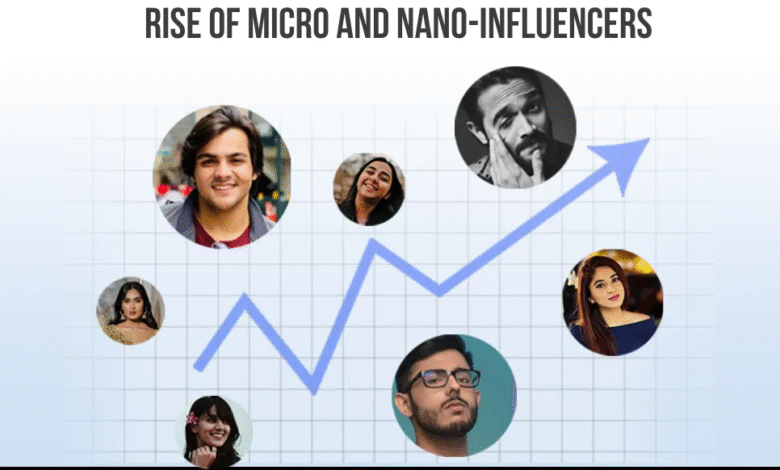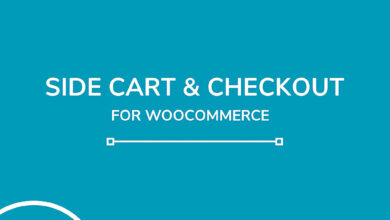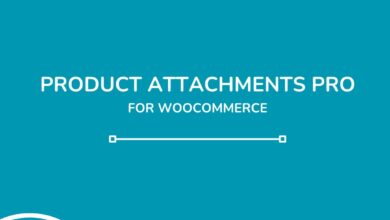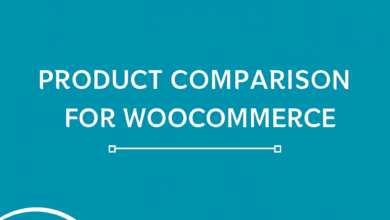Micro & Nano Influencers Lead Marketing Evolution

When I first started diving into Micro & Nano Influencers marketing, everything seemed to be about big names with massive followings. Celebrities, macro-influencers, verified Instagram stars—they dominated every conversation and campaign. But lately, there’s been a real shift. Brands are moving away from large-scale reach and chasing something far more important: authentic engagement.

That’s where micro- and nano-influencers come in. These aren’t people with millions of followers. They’re everyday users with tight-knit audiences—usually between 1,000 and 50,000 followers—who create relatable, consistent content and drive actual conversations.
I’ve noticed this shift happening in almost every niche, including vaping. Whether it’s a local vape store working with a community reviewer, or a new e-liquid brand teaming up with a content creator on TikTok, the direction is clear: smaller influencers are delivering bigger results when it comes to trust and loyalty.
My Journey With Micro & Nano Influencers Strategy
The Agitation: Big Reach Isn’t Always Real Reach
I used to think the more followers an influencer had, the better. That was the default logic, right? Get a big name, pay for a few posts, and wait for the traffic to roll in.
But here’s what actually happened:
- The engagement rates were low
- The content often felt forced or off-brand
- The audience didn’t care as much as I expected
When I looked closer, I realized that followers alone don’t drive conversion. Especially not in specialized markets like vaping. People want advice from someone they trust, not someone who posts generic promotions every other day.
And the big names? They’re often juggling five or six campaigns at once. That makes the messaging feel diluted. The more I analyzed, the clearer it became: influence isn’t just about scale—it’s about connection.
That’s when I started focusing on smaller creators who really understood their niche. I found a local reviewer who tested devices and liquids honestly. His video didn’t get a million views, but the comment section was full of people asking questions, sharing opinions, and making purchases based on what he said.
And I know this because I clicked through to a vape store he mentioned and ended up buying a new flavor based on his review.
Why Micro and Nano Influencers Work
Micro (10k–50k followers) and nano (1k–10k followers) influencers aren’t trying to be celebrities. They’re focused on community, content, and trust. That’s exactly what makes them so valuable.
Here’s why I’ve started working with more of them:
- Higher engagement rates: They respond to comments, DMs, and reposts
- Niche-specific knowledge: Whether it’s DIY vape coil tutorials or flavor reviews, they go deep
- Better audience targeting: Their followers are often very aligned with specific interests
- Cost-effective: Their rates are usually much lower than macro influencers, which allows for long-term collaboration
For a brand looking to build authenticity, this group is the sweet spot. They bring a level of sincerity that’s hard to replicate at scale.
Building Real Partnerships That Last
Why Long-Term Relationships Beat One-Off Posts
The biggest shift I’ve made is moving away from one-time deals toward long-term influencer partnerships. Instead of hiring someone to post once and disappear, I now look for creators who can become part of the brand story over time.
Here’s how I approach it:
- Start with gifting or sampling, not a contract
- Watch how they naturally talk about the product
- Engage with their content before asking for promotion
- Propose a series—not a single post—so they can tell a story
- Give them creative freedom so it feels genuine to their followers
This works especially well in the vape space. People want to see how a device performs after a week, not just in an unboxing. They want updates on battery life, coil performance, flavor over time—not just a promo shot with a caption.
I found that one nano-influencer, after using the same device for a month, got better results than a mega influencer who posted a flashy product reel once. The reason? Trust builds over time. And followers notice when someone really uses something versus when they’re just holding it for a paycheck.
One creator I worked with even became a brand ambassador over time. He now hosts giveaways, drops tutorials, and co-writes product descriptions. That kind of relationship doesn’t come from a one-time post. It comes from genuine collaboration.
And ironically, our most successful campaign didn’t come from Instagram or YouTube—it came from a series of TikToks that were shot in his garage, edited on his phone, and uploaded at midnight.
Why TikTok Is Changing the Game
Speaking of TikTok, this platform is redefining how influencer content is created and consumed. It’s fast, raw, and often unfiltered. That’s part of what makes it so effective for micro-influencers.
TikTok rewards creativity and consistency over production value. That means nano-creators have a real chance to grow and make an impact—even with a small budget and basic tools.
What works on TikTok:
- Story-based content: “How I found the perfect vape flavor”
- Day-in-the-life reviews: Show the product in real, casual use
- Q&A style videos: Respond to comments and build interaction
- Mini tutorials: How to refill, clean, or modify a device
- Duets and stitches: Collaborate with other creators to build credibility
I’ve also noticed TikTok’s algorithm doesn’t punish small accounts like other platforms do. That’s a big win for micro and nano influencers trying to get their voice heard.
And from a brand perspective, TikTok makes it easy to repurpose content for Reels, Shorts, and Stories across other platforms. That kind of flexibility is priceless.
I even found my current favorite flavor from a TikTok clip I stumbled on while scrolling through an online vape shop’s tagged videos. It wasn’t even an ad—just a genuine review from someone who clearly knew their stuff.
My Tips for Getting Started with Small-Scale Influencers
How to Launch a Micro-Influencer Campaign That Works
If you’re considering jumping into this space, you don’t need a huge team or a big budget. Here’s how I started working with micro and nano influencers—and how you can too:
- Search within your niche
Use hashtags, product names, or platform search tools to find creators already talking about your product type. - Start with small asks
Offer free product, ask for honest feedback, and see what kind of response you get - Check engagement, not just followers
A 5k-followers account with consistent comments is more valuable than a 100k account with bots - Prioritize fit over reach
If their vibe, tone, and audience match your brand, that’s worth way more than numbers - Track results realistically
Set goals like saves, comments, or referral link clicks—not just views - Communicate openly
Treat them like a collaborator, not a contractor. It leads to better work on both sides
These steps helped me build a core group of influencers I can count on. They test new product releases, give honest feedback, and help shape what comes next. That kind of relationship is hard to beat.
Final Thoughts: Real Influence Comes From Real People
The Takeaway
If there’s one thing I’ve learned, it’s that influence isn’t measured by a blue checkmark. It’s measured by trust. Micro- and nano-influencers have that trust, and they’re reshaping the entire marketing landscape because of it.
They’re responsive, knowledgeable, and connected to their audience in a way that’s hard to fake. And in communities like vaping, where people rely on real experiences to make decisions, that authenticity matters more than ever.
Whether you’re a brand trying to get seen, a creator looking to grow, or just someone interested in how influence works today, it’s clear: the future belongs to small creators doing big things.
And if you happen to be scrolling through your favorite vape store’s tagged content or catching a product review in your feed, take a second look—it might just come from the most impactful voice in the room.
Because in the end, whether you’re browsing Instagram, watching TikToks, or checking reviews on an online vape shop, the most useful advice doesn’t come from the biggest name. It comes from someone you trust. Someone real.



